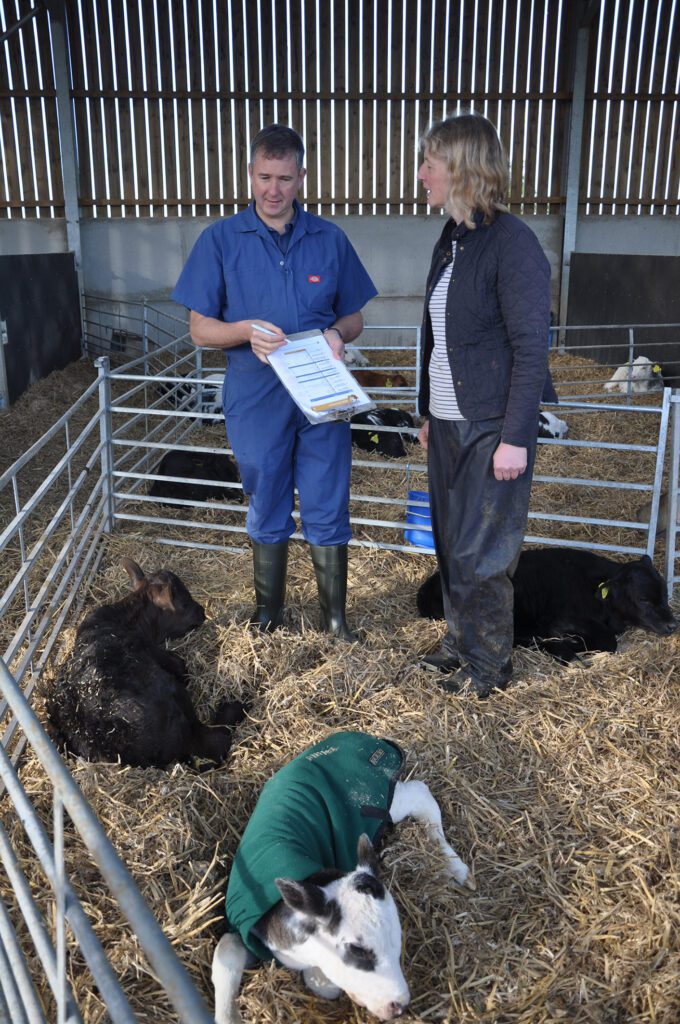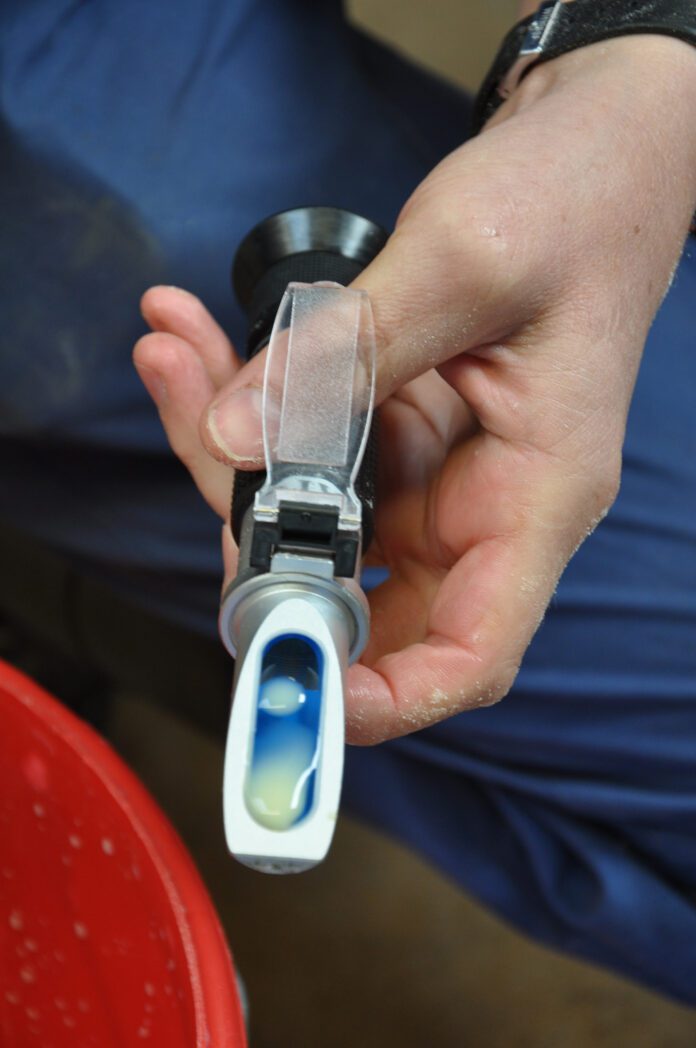MILTON KEYNES, UK, 24th June 2022 – UK dairy farmers are making real progress towards better calf colostrum management practices but still need to focus on improved performance monitoring.
Reporting on the results of an early 2022 survey of current colostrum management practices, conducted by MSD Animal Health (a division of Merck & Co., Inc., Rahway, N.J., USA (NYSE: MRK), the company’s youngstock category product manager Rob Simpson said this latest feedback was particularly encouraging.
“One hundred years on from the date (1922) that the crucial importance of colostrum was first formally recognised by science, it seems farmers are now making good strides forward in this crucial area and reaping the benefits of improved calf health as a result. That’s great news.
“Colostrum’s importance cannot be over-emphasised,” he stressed. “In addition to providing immunity against key early life disease threats, fed correctly and in enough quantity, colostrum also helps kickstart sound organ development and a healthy metabolism. We also know that a good colostrum intake enables a greater response by the calf to important vaccines (up to six to ten months of age)1. Indeed, the additive impact of sound colostrum feeding protocols and vaccination is the cornerstone of immunity-led disease prevention.”
Feedback was gained from 248 UK dairy farmers representing both all year round and block calving herds. Questions were designed to draw out current practices relating to the accepted 5Qs of best practice colostrum management: Quality, Quantity, Quickly, sQueaky clean and Quantify.
“Asked whether they check the quality of their cow colostrum before storing or feeding it, 49% of respondents said they always check its quality; 25% said sometimes and 26% never. Interestingly, when we asked this same question two years ago, 44% of farmers said they never test their colostrum,” reported Mr Simpson.

Newborn calves should be fed at least four litres (or 10% of bodyweight) of good quality colostrum within four hours of birth. A further two litres should be given within 12 hours of birth. The earlier colostrum is fed, the quicker disease protection can be gained. Colostrum also has a local protective effect in the gut and there is evidence that it can be beneficial for calves to receive it on a daily basis up until seven days of age.
“More than 70% of the 248 dairy farmers claimed to be feeding up to four litres with a further 9% of respondents feeding more than four and a half litres. What’s more, the majority seem to be getting it into the calf quickly; more than 75% giving it before the newborn calf is six hours of age and more than 15% within 12 hours of birth,” said Mr Simpson.
He added that it was also encouraging that farmers now appreciate the importance of hygiene. This is because the number of bacteria in the colostrum can double every 20 minutes if it is not stored in a fridge or frozen. “More than 60% of farmers are feeding it within 30 minutes of harvest and another 23% within the hour.”

The final best practice Q relates to quantification and Mr Simpson stressed that there is no point investing in better colostrum management and feeding practices if your progress cannot be monitored.
“Failure of passive transfer (FPT) of antibodies is nearly 14 times higher on farms that don’t routinely monitor this goal compared with farms that do2,3,4. However, this latest survey found that 40% of farms never check the transfer of antibodies from colostrum by calf blood analysis. What’s more, another 33% only do it in the event of a problem,” he said.
However, independent veterinary professional Owen Atkinson explained that farmers should be checking colostrum antibody absorption routinely. “Progess has been slow in this area but now appears to be improving,” he said.
“In 2015 just 3% of farms were blood testing calves5 but this latest survey suggests more than a quarter of the farms are now working with their vet in this area. That’s really encouraging.”
He added that by working together strategically, veterinary professionals and their farmer clients can ensure calf health is maximised.
“Measuring and monitoring are important and there are now a variety of tools available to encourage productive dialogue on farm and record progress. For example, use of the MSD Animal Health Calf Checklist enables the engagement process very effectively. It will help identify the strengths and weaknesses of your calf rearing system – and periodic re-visits and assessments will help you monitor progress and any improvement. I urge all dairy farmers rearing youngstock to ask their veterinary professional for help in this area.
“Preventing disease – including the use of proven vaccines – is far better than having to constantly treat problems and having to rely on antibiotics.
“Act now this summer. Ask your veterinary professional for help. After all, these calves represent the productive future of your dairy herd and improving youngstock health sustainably is becoming increasingly important from an environmental, as well as financial, perspective,” Mr Atkinson said.
Help keep news FREE for our readers
Supporting your local community newspaper/online news outlet is crucial now more than ever. If you believe in independent journalism, then consider making a valuable contribution by making a one-time or monthly donation. We operate in rural areas where providing unbiased news can be challenging. Read More About Supporting The West Wales Chronicle























